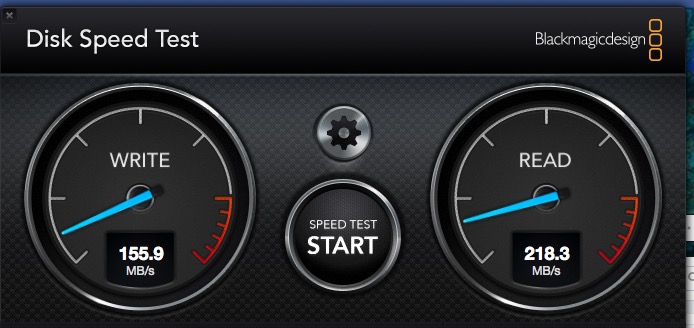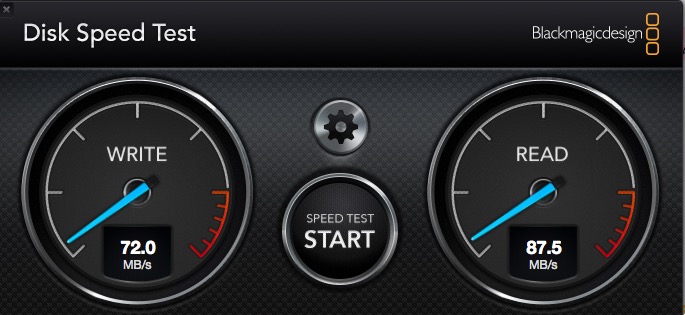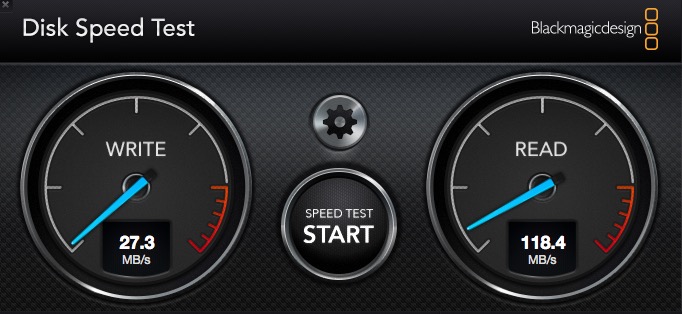Field Review: Nikon D500
Wetpixel Field Review: Nikon D500
XQD cards
The D500 has two memory card slots. These can take an SD along with an XQD card. The latter is a relatively new format, that has been co-designed by Nikon and Sony (Sandisk were also initially involved, but dropped out in favor of their CFast format). It offers two advantages over Compact Flash cards: There are less pins that can bend or break in the camera’s card interface and the format offers potential transfer speeds of up to 1000MBs.



Sony and Lexar currently offer XQD cards is a variety of capacities. Although the D500 does not produce particularly large files at around 25MB per image, larger capacity cards ensure that you have sufficient capacity when the action is fast and furious. Unlike our terrestrial based colleagues, changing a card is not always a possibility!
Chatting to Nikon UK’s service agents about XQD, they told me that the biggest problem they had was issues with CF cards and bent pins etc. Since the introduction of XQD on the D4, they have not experienced a single issue to date.
In use, image review rendering is a great deal slower when using the camera with an SD card only (even with a fast card).
Offload speeds are also important, reducing the amount of time spent waiting for images to appear on the computer.
Build, controls and power.
As reported at the camera’s launch, the ISO button has moved from the left hand side, over to the right near the shutter release.
Although this makes perfect sense for shooting on land, it presents a challenge for housing manufacturers.
Nauticam’s response is to add a lever that rests under the right thumb, just behind the shutter release.
The mode selection button is now over on top of the release mode dial.
Other significant controls that may be different to those that Nikon users may be used to include the flash settings button, which shares the image zoom button the the rear of the camera.
There are a number of programmable buttons on the camera. The Fn1 button on the front of the camera can be programmed to cancel the flash output, which is useful for silhouettes.
The center button of the multi selector can automatically zoom an image (when in playback mode) to a predetermined amount. Thom Hogan advises that Picture Control sharpness is set to at least 5 if this is to be used to evaluate critical focus (5)
On many trips and workshops, I discover that people have not enabled the “Release button to use dial” (in the camera’s menu settings this is f6). Setting this allows one handed control of the camera. Essentially, it allows the photographer to press a button once, to use the dial to change the selected setting and then to press the button again to release the setting.
The D300 and indeed the D800/810 all feature bodies constructed with a chassis of magnesium alloy whereas the D7200 series bodies have largely plastic mirror boxes. The D500 features a carbon fiber skin/frame on the body front coupled with a magnesium alloy frame for the back and top of the camera. Nikon describes this as a “monocoque” design. This is designed to give equivalent strength and protection with a reduced weight penalty.
The D500 takes the ubiquitous EN-EL15 Li-ion batteries, but there is a twist. Nikon has changed the way that the camera interacts with the battery, meaning that older batteries will give an incorrect level and third party batteries will simply not work. The correct battery for the D500 is labelled Li-ion20 on its underside. At the time of writing, Nikon are offering a free battery replacement service for D500 owners. Please contact your local Nikon Service Center for details.
For those coming from the D800 series, the D500’s battery life seems less. It is easy to get a day’s shooting out of a battery, which is all that is really needed, but not much more. For those used to the seemingly inexhaustible batteries of the FX models, this can seem limited. Practically, it is wise to have a few spare batteries around.
The D500 is equipped with an 8cm (3.2–in.) diagonal, approx. 2359k-dot, tilting TFT touch-sensitive LCD with 170° viewing angle and approximately 100% frame coverage. It offers manual monitor brightness control.
Being able to tilt the screen does potentially make it more readable underwater. Nauticam’s camera saddle actually provides for about 10° of tilt. If I were to be using the camera to shoot a lot of video (without an external monitor), this would be a specific feature that I would seek.
Whilst the touch screen is of limited value underwater, it does allow for quick and easy image reviews (you can even two finger pinch to zoom in), as well as efficient input of text into the camera’s copyright, image comments and IPTC settings. The latter is another new feature, previously only available on the newer single digit D series cameras. IPTC information can also be loaded from a PC using either Nikon’s app (which needs Silverlight) or the free IPTC Preset Editor
Speed
The D500 is capable of 10 frames per second, with a buffer of 200 frames. In conjunction with a fast XQD card, it will shoot almost continuously. I cannot seem to make the buffer fill. It is so much faster than the D810, that it makes the latter feel pretty stodgy.
Of course, when shooting with strobes their recycle times will effect this speed far more than the camera. In this instance, the lack of a a pop up flash actually is an advantage. Using electrical connections or the excellent electro-optical converters like that in Nauticam’s D500 housing will allow some of this camera’s potential speed to be used.
For shooting big animals without a strobe, this camera is blazingly fast. In conjunction with the speed and accuracy of the AF mentioned above, I expect that this camera will be responsible for some very impressive images. In a world where getting the shot is crucial, this camera will set a new standard.
- Introduction and Acknowledgements.
- Image Quality and Dynamic Range.
- ISO Performance and Autofocus.
- XQD Cards, Build, Controls and Power and Speed.
- Alex Mustard on the D500 and Conclusion.